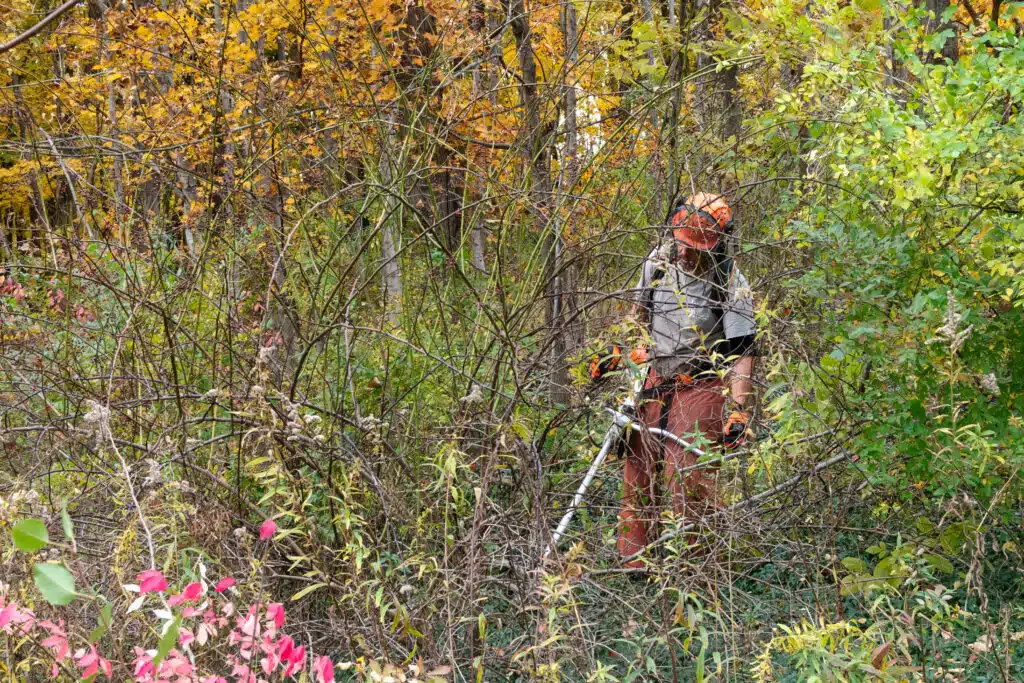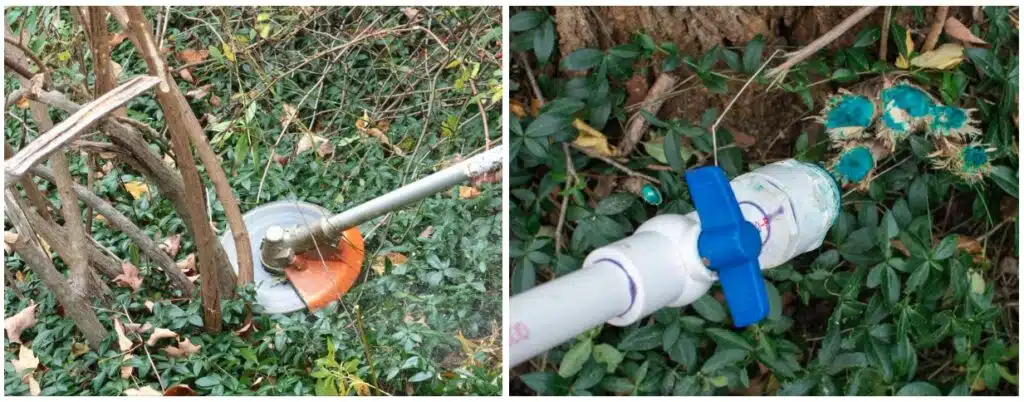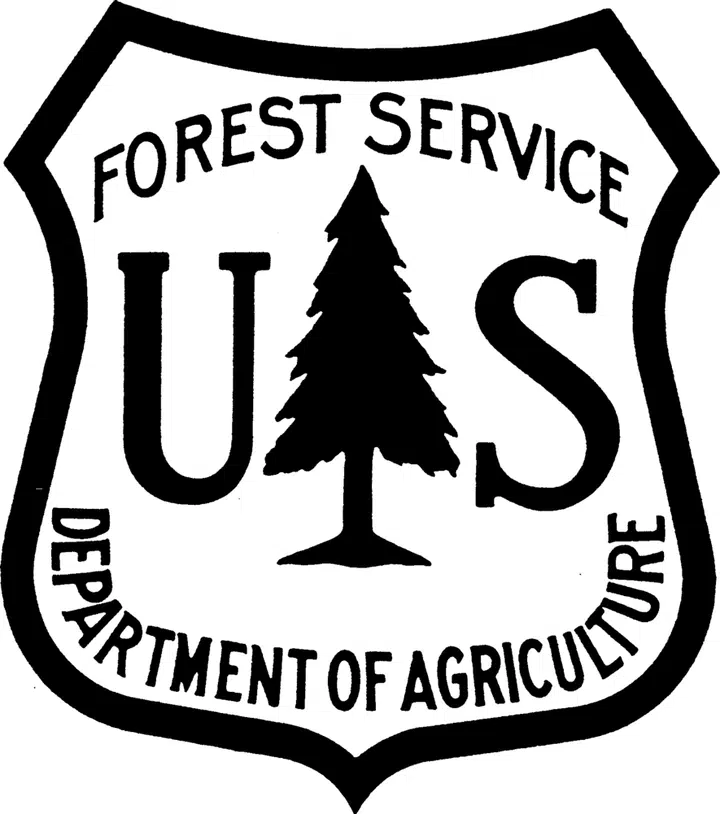Good News for Forests: Invasive Shrub Removal Gets Easier After Two Years of Work
April 25, 2025

KIRTLAND, OHIO — A new study from researchers at the Holden Arboretum offers encouraging news for forest managers battling non-native shrubs: the effort needed to control these invaders drops dramatically after just two years.
Published in the journal Ecological Solutions and Evidence, the five-year study tracked time investments required to manage invasive shrubs in a young deciduous forest in northeastern Ohio. The team found that although heavily invaded plots required significant labor up front, the time needed to keep non-native species in check declined by 87% over time.
“Of course the worst invasions will require the most effort up front,” says lead author David Jenkins, a research specialist at Holden Forests & Gardens (HF&G). “But we were very encouraged to find that if managers can stick with it after that first push, the effort required to maintain low levels of invasion becomes much more manageable.”

The research focused on species like multiflora rose (Rosa multiflora) and glossy buckthorn (Rhamnus frangula), two particularly stubborn invaders in eastern North American forests. Left unchecked, these shrubs crowd out native understory plants, hinder tree regeneration, and reduce biodiversity across the ecosystem.
Using a combination of cutting, herbicide application, and follow-up treatments, the team reduced non-native shrub cover by 85% over the study period. More importantly, they found that pre-management invasion levels only influenced the time investment during the first two years—after that, ongoing efforts were no longer tied to how bad the invasion had been to start.

“This is great news for land managers,” says senior author Katie Stuble, director of research at HF&G. “It shows that while invasive species management is never one-and-done, it does become less time-intensive over time.”
The study took place in the Holden Arboretum’s Working Woods Learning Forest, a mid-successional forest recovering from past agricultural use. It adds to a growing body of evidence that persistent, annual management is key to restoring native plant communities—but also highlights the importance of long-term planning.
“Knowing that the workload will decrease can help conservation groups and landowners feel more confident investing in invasive species control,” Jenkins says.
Come and See: Working Woods Behind-the-Scenes Tour with Rebecah Troutman
Wednesday, April 23, 10-11am, Working Woods Learning Forest
Saturday, April 26, 11am-12pm, Working Woods Learning Forest
Join our Working Woods Manager to explore our 67-acre demonstration site. This forest integrates research and outreach to increase understanding of and promote best practices in forest management. Registrants will meet at Working Woods parking loop. Sign up for these and other upcoming Tree Tours at the Holden Arboretum here.
Cover photo: This photo was taken after the area on the right had received two treatments, between fall 2018 and early summer 2020. A white string down the center marks the boundary of management; the area on the left was not treated but left as a control. The contrast is clear—the control plot is full of multiflora rose and buckthorn while the treated plot is relatively clear of invasives. As of today, a photo in the same location would show a lot of native vegetation on the right as well. (Credit: Jessica Miller Mecaskey/HF&G)
Citation: Jenkins, David M., Jessica Miller Mecaskey, Chad Knisley, Rebecca M. Swab, and Katharine L. Stuble. 2025 “Effort required for sustained management of non-native shrubs drops dramatically over time in a deciduous forest.” Ecological Solutions and Evidence.
About Holden Forests & Gardens: Holden Forests & Gardens is made up of two of Northeast Ohio’s most important environmental and cultural institutions—the Holden Arboretum and Cleveland Botanical Garden—whose mission is to connect people with the wonder, beauty, and value of trees and plants, to inspire action for healthy communities. One of the largest public gardens in the country, Holden Forests & Gardens has 21,000 member households and an annual attendance of nearly 350,000 for whom we strive to provide inspirational and educational visitor experiences. For more information, visit holdenfg.org.
Corresponding Author:
David Jenkins, Research Specialist
Holden Forests & Gardens
djenkins@holdenfg.org
Media Contact:
Dr. Anna Funk, Science Communication Specialist
Holden Forests & Gardens
afunk@holdenfg.org

Anna Funk, PhD
Science Communications Specialist
Anna Funk is the Science Communication Specialist for Holden Forests & Gardens. She earned her Ph.D. studying prairie restoration before leaving the research world to help tell scientists’ stories. Today, she wears many hats, working as a writer, editor, journalist and more — anything that lets her share her appreciation of science and its impact with others.











